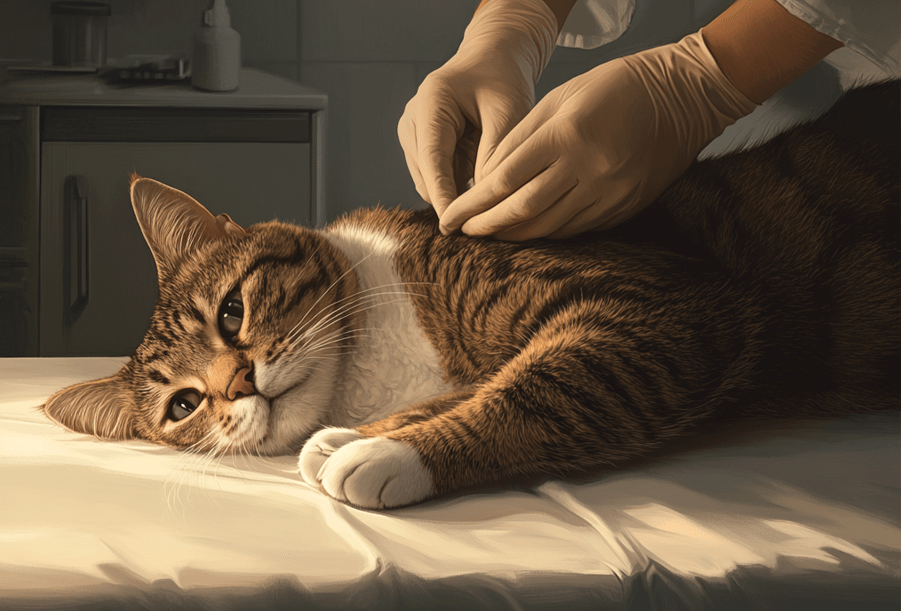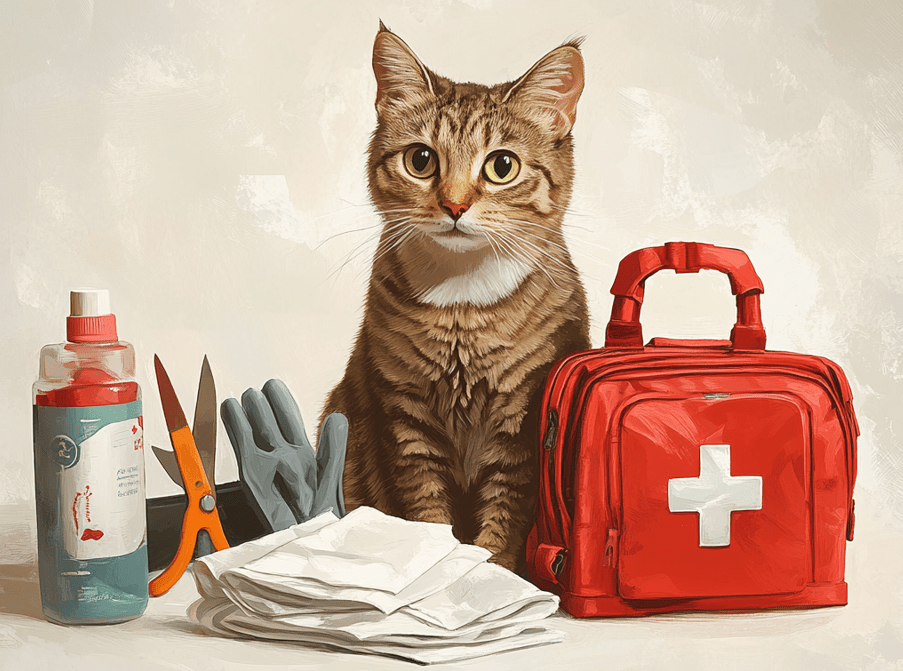
The persons who love parenting pets often neglect the bites of their beloved pets. However, it can lead to serious infections and complications if not treated properly in time. So every cat owner needs to know emergency care for cat bites. Cat bites are generally minor but often become a serious condition involving a range of diseases if not attended to on time. If the cat bites are ignored or if their treatment is left to just ordinary first aid, there will be a great difference in the rate at which the wounds heal. In the article, “How to Handle Cat Bites: Emergency Care Tips You Need to Know” we will examine the action plan required right after the cat bite, learn about its possible consequences, and be introduced to some guidelines for avoiding similar experiences. If you are a cat owner or a lover of cats then this article will provide you with enough information to act in the right way the next time your cat bites.
Understanding Cat Bites
What Makes Cat Bites Different?

Cat bites are unique and particularly concerning due to a few key factors:
Deep Puncture Wounds
Cats have pointed and needle-like teeth through which they can inject a potential victim’s skin and the underlying tissue. These are puncture wounds that are almost impossible to clean out properly; they are areas that offer ideal conditions for bacteria to grow.
Bacterial Contamination
Kits can be expected to carry numerous bacteria in their mouths and among them is Pasteurella multocida bacteria. Since cats are potential carriers of these bacteria, infection may occur when the animal bites someone.
High Risk of Infection
These injuries may be compounded by other complications, and there are always high-risk factors involved. Infections that develop from a cat bite can spread through the surrounding soft tissues and blood to such conditions as cellulitis, abscesses, or septicemia. Some of these complications are serious and need immediate treatment by the professional.
Need for Immediate Attention
While other animals’ nips require the affected area to be washed and kept clean, cat bite injuries should be closely observed for signs of developing infection. Antibiotics may be desirable to prohibit such developments, and therefore medical attention should be sought if symptoms persist.
Rabies Risk
However, there remains a small potential for becoming infected with rabies from a cat scratch or bite although the affected cat may not always be a stray and its immunization treatment history might not be available. Rabies is a severe disease that is caused in humans by viruses extending to the brain or spinal cord and results in severe consequences such as death if diagnosed late.
Why Cat Bites Are Risky
Infections arising from cat bites are rapidly developing and can occur within 24 to 48 hours after being bitten. Common signs of infection are inflammation, heat, swelling, and the presence of pus at the site of the bite. Should they be left untreated the above infections can spread to the tissues adjacent and even into the bloodstream, which can cause dangerous conditions like cellulitis, abscesses, or septicemia. These complications call for emergent professional help to avoid other related health complications.
Cat bites are most usually received on the hands, wrists, and hands as well as on the face. These regions of the skin are especially susceptible to injury since the hands and arms are in extended contact with a cat or coming into contact with the animal during play or holding. Face bites raise concern because they may result in a noticeable scar somewhere on the face, and the face is closer to important structures compared to other body parts; therefore, the possible complications are severe.
Immediate Actions After a Cat Bite
Step-by-step Guide
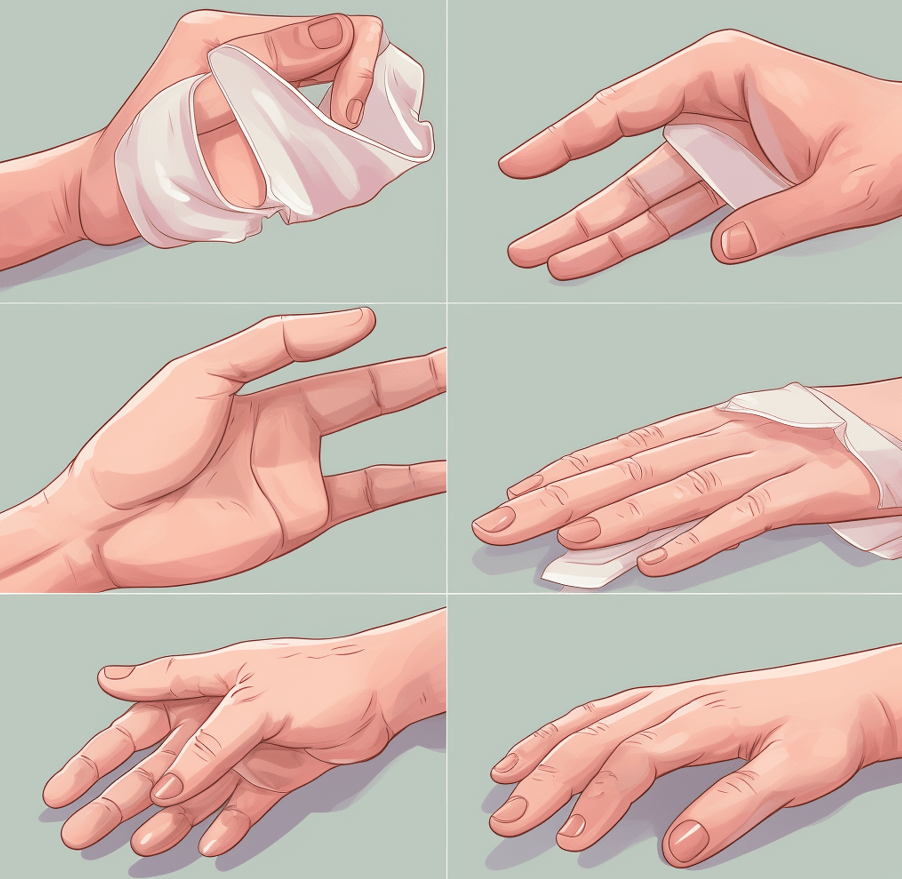
You have to take these actions immediately after the incident occurs:
Clean the Wound:
As soon as bitten, wash the area, using soap and water, carefully, and as gently as possible. Do not pat or scrub, as the movement may strain the tissues and lead to more harm. The next thing to do is to wash the wound under clean, running water for about 10 minutes.
Control Bleeding:
Lastly, if the wound is bleeding apply pressure using a clean cloth or any piece of bandage the person has. To reduce the build-up of swelling in the affected area restrict movement of blood towards the shallow by raising the area above the heart level.
Apply Antibiotic Ointment:
A topical antibiotic should then be used to reduce the risk of infection to the cleaned wound. Let it air and keep it clean by putting a sterile dressing on the wound.
Monitor for Infection:
For precautionary measures observe the wound for signs such as redness, inflammation, heat, or pus in the event you do not check it regularly. If you experience any of these symptoms, please consult with your doctor immediately.
Seek Medical Help:
See the emergency room immediately if the bite is on the face or hands or if the wound is deep or bleeding profusely. In such cases, a healthcare professional may have to; wash out the wound more effectively, give an antibiotic prescription, and recommend a tetanus shot or rabies vaccine.
When to See a Doctor
It’s crucial to seek medical attention if:
1.The bite is off the skin, it is severe, deeper or it is on the areas specified as the face, hands, or the joint areas.
2.There is excessive bleeding that only cannot be controlled by a simple application of pressure.
3.This means you experience symptoms such as redness, heat, swelling, or discharge of pus.
4.You have not been given a tetanus shot in the last 10 years.
5.The cat that bit you looks ill, is brutal or wild, or you are not sure if it has its vaccinations up to date.
Medical Treatment For Cats Bite
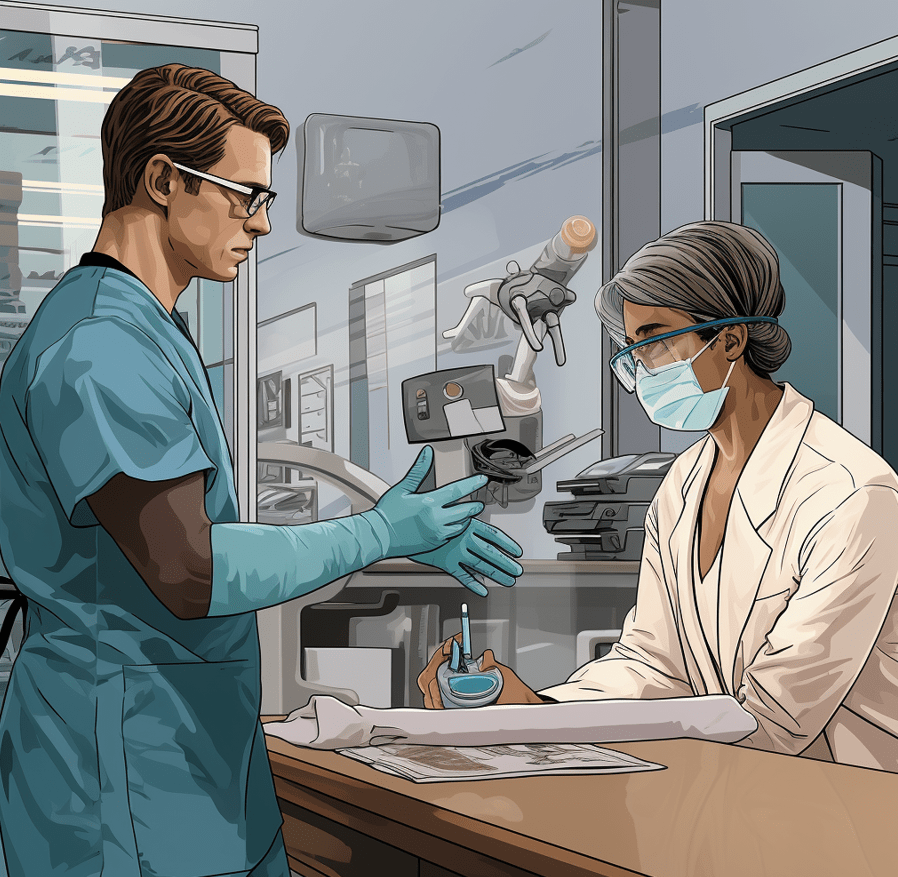
In cases of serious attacks, specialists may be required to carry out some other procedures to help the wound heal. This can include:
Extensive Cleaning: A healthcare provider will wash out the wound with water to ensure that he or she removes all bacteria and other particles. This may include washing and rinsing the wound through antiseptic solutions and again rinsing it.
Antibiotics: Because such infections are very likely to occur, doctors recommend that people take antibiotics to avoid bacterial infections. People are advised to take all the prescribed antibiotics; it’s dangerous to stop halfway through the recommended course.
Tetanus Shot: If you haven’t been immunized or if your tetanus immunization is not up to date, you will need to have a tetanus toxoid to prevent tetanus.
Rabies Vaccination: In case of rabies developing, for example, being bitten by a cat that did not receive shots or is a stray cat then it may be required to take a series of rabies shots.
Home Care Tips for Cat Bites
For minor cat bites that don’t require immediate medical attention, follow these home care tips:
Clean the Wound Regularly: Rinse the area with special mild soap and water several times maintaining cleanness to avoid infections.
Keep the Wound Covered: Bandage the area using sterile ones to ensure no bacteria get on it as it starts to heal.
Change Bandages Daily: Apply a fresh bandage each day for cleanliness and to avoid the development of some form of infection.
Watch for Signs of Infection: While undergoing the treatment, be observant of signs of infection in the wound and consult a doctor if they arise.
Potential Complications Associated with Cat Bites
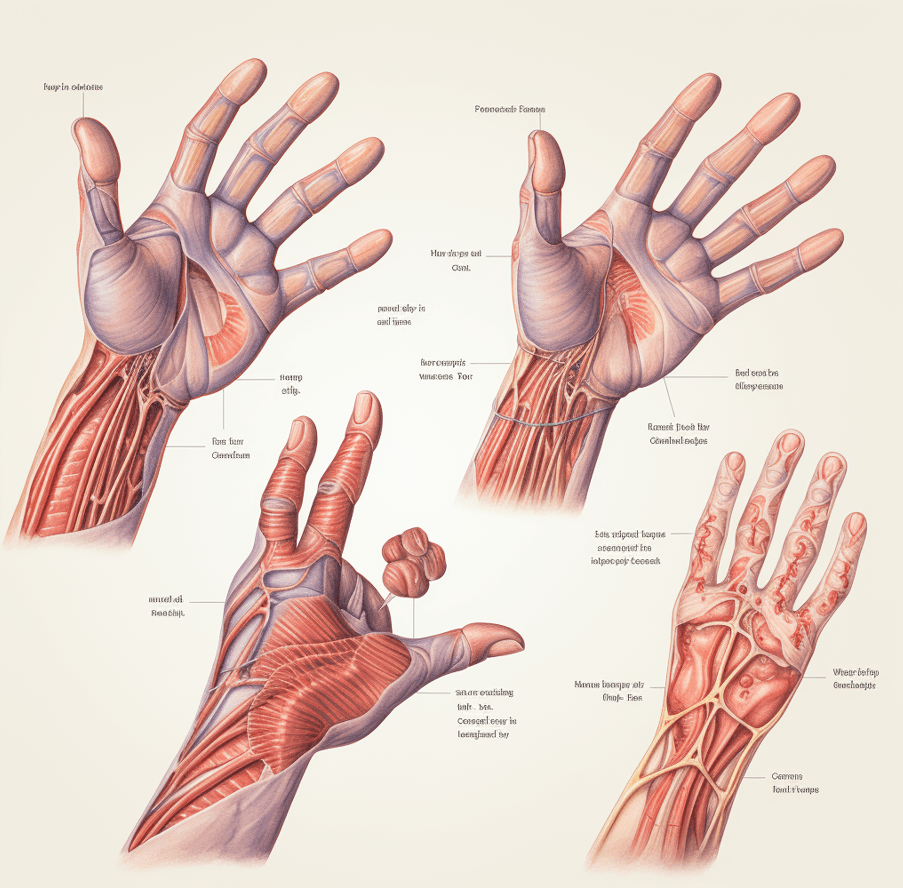
The infection that results following a cat bite is extremely serious and can quickly develop into a severe condition. Some potential complications include:
Cellulitis: This is a skin infection caused by bacteria and can extend to the tissues below the skin. Presenting features include redness, swelling, warmth, and pain in the region of the bite.
Abscesses: Bacterial infections of the skin may cause abscesses and small cysts to develop from which pus may burst under the skin. These abscesses may be tender and sometimes it is necessary to get them tapped by a doctor.
Septicemia: Severely termed as blood poisoning, septicemia occurs when the blood holds bacteria. This is a life-threatening disease that needs to be treated out of hand.
Joint or Tendon Infections: In the case of a cat bite, if the wound is in the area of the joints or tendons, the bacteria spread to these areas and bring complications that may need severe treatment.
Preventing Cat Bites

It is always better to prevent rather than to cure a certain disease. Here are some strategies to prevent cat bites:
Understanding Cat Behavior: It’s important to identify signs of stress in your cat. These include; flattened ears, hissing, and a moving or twitching tail. Do not attempt to approach or touch when it manifests these signs.
Proper Handling: Cats should be gently handled and one should not engage in too much play that may make the cat start biting. Make kids manners to talk and play with cats and other felines gently and patiently.
Training: Give your cat training from its early stage in order to minimize the displaying of such an attitude. There are lots of rewards that can be used in order to explain the cat’s actions; thus, you should use rewards in order to make the pet react calmly in various conditions.
Regular Veterinary Care: Routine medical examinations by a qualified vet can alert them when the cat is developing animosity due to medical problems.
Importance of Rabies Vaccination
Rabies is such a fatal virus that through animal bites it can be transmitted to man. This is why it’s important that your cat is vaccinated against rabies, and if there is any chance of exposure, you should also have a rabies vaccine. The clinical manifestations of Rabies may range from weeks to months, and once signs appear the disease is invariably fatal. If people use the first point of getting vaccinated early, rabies cannot be a problem for human beings.

